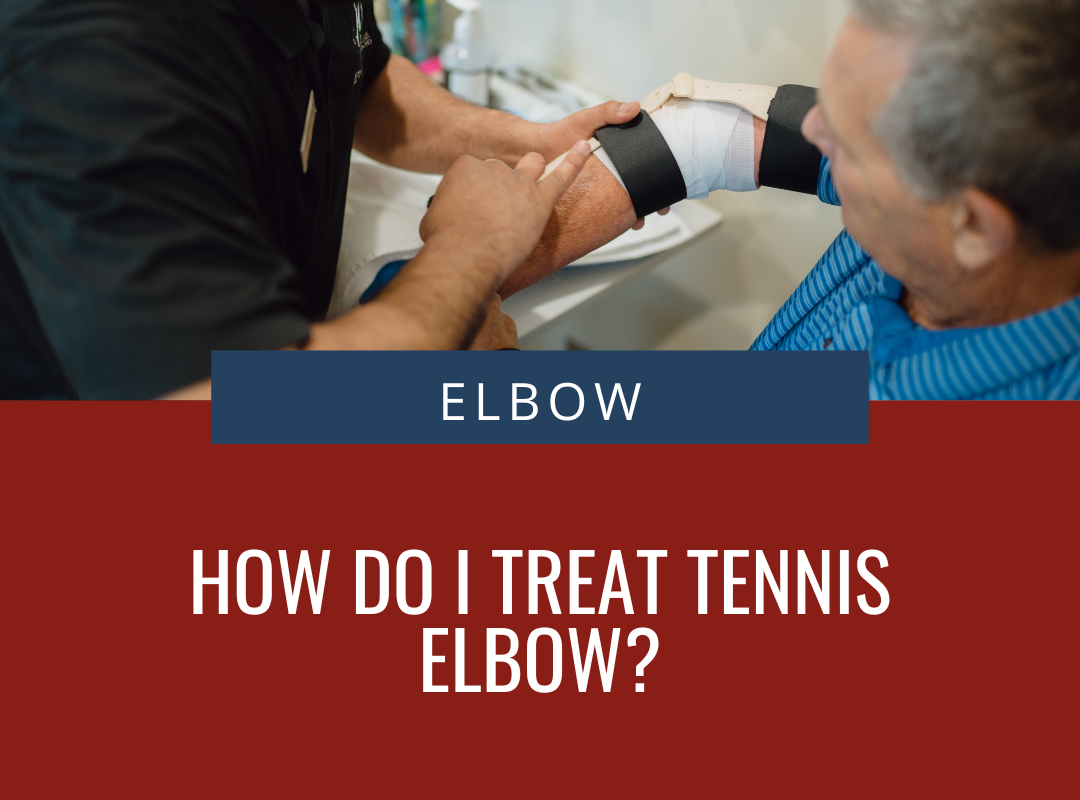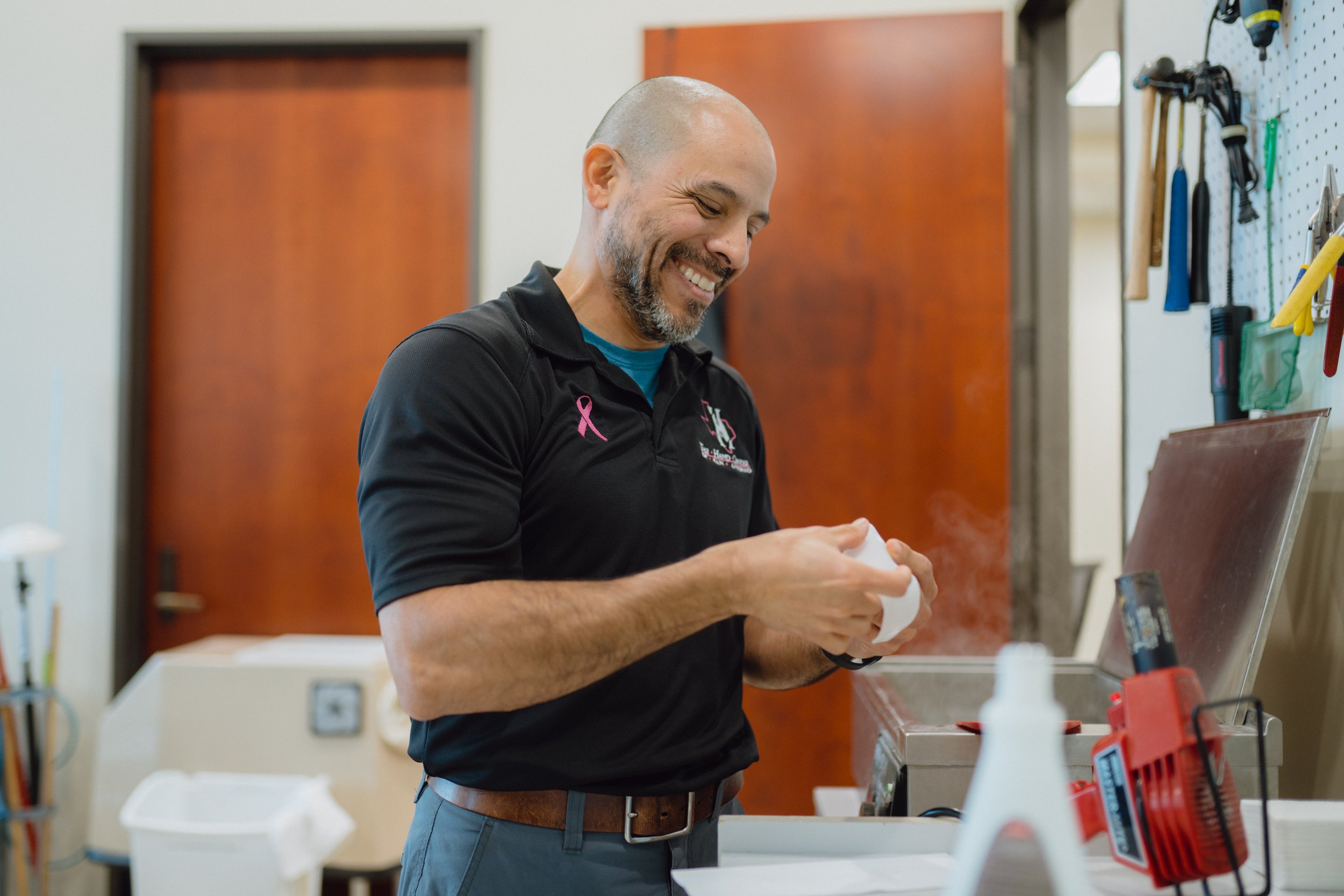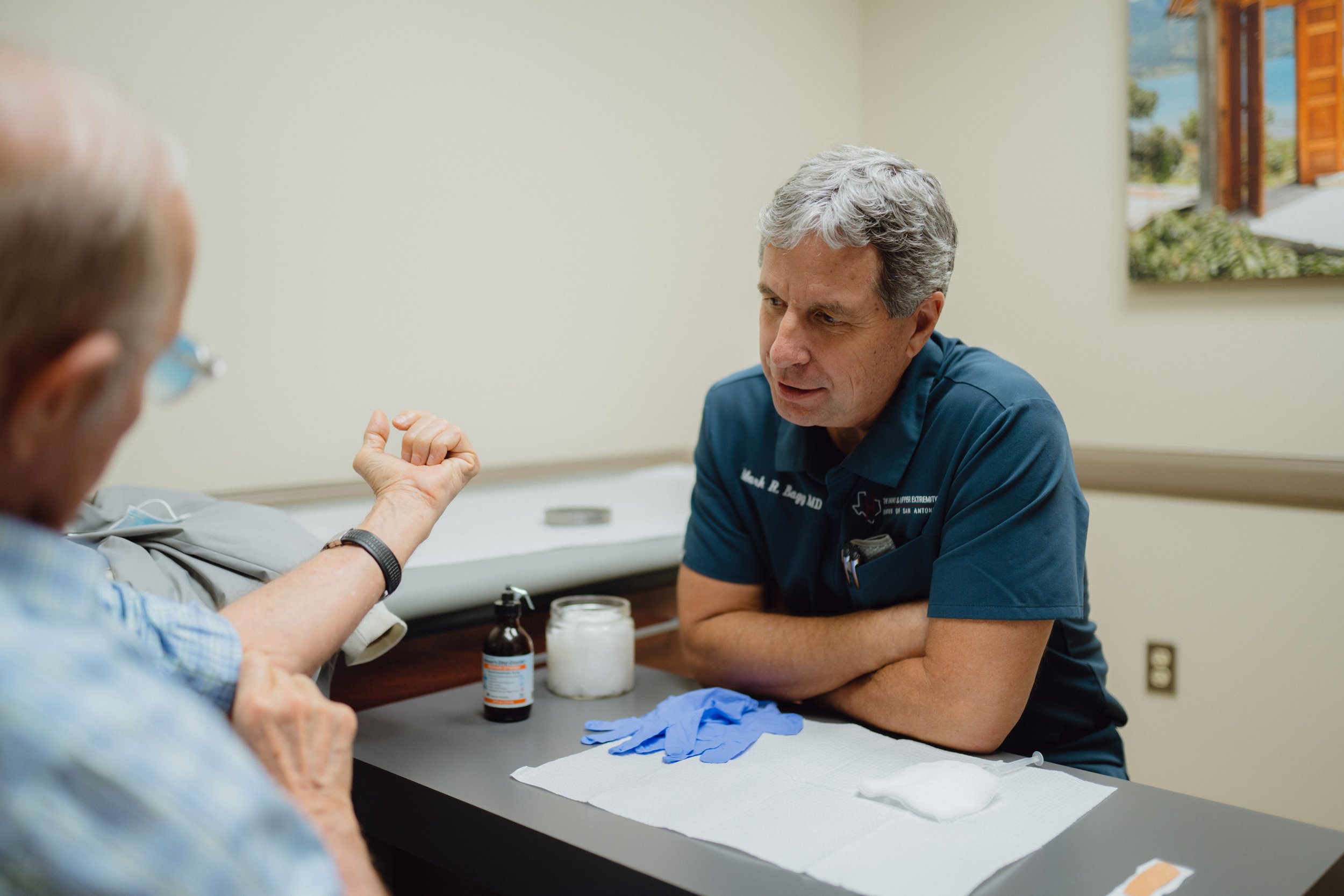
Elbow Fractures Experts in san antonio
What are Elbow fractures?
An elbow fracture occurs when one or more of the bones that make up the elbow joint—namely the humerus (upper arm bone), the radius, and the ulna (forearm bones)—break due to trauma. These fractures typically happen as a result of a fall, a direct blow, or an accident. When an elbow fracture occurs, it can cause significant pain, swelling, bruising, and limited mobility in the arm. The severity of the fracture can vary, from small cracks to more complex breaks that may require surgical intervention. Early diagnosis and treatment are essential to ensure the best possible outcome, helping to restore function, reduce pain, and prevent long-term complications.
common causes of Elbow Fractures:
Elbow fractures often result from sudden trauma or significant force applied to the joint, leading to a break in one or more of the bones that form the elbow. These injuries can occur unexpectedly in various scenarios, including:
Falls on an Outstretched Hand (FOOSH):
One of the most frequent causes, FOOSH injuries happen when a person instinctively extends their hand to break a fall. The force from the impact travels up to the elbow, making it especially vulnerable. This type of injury is common in sports or on slippery surfaces.Direct Impact or Blunt Force Trauma:
A direct blow to the elbow, such as in car accidents, workplace incidents, or contact sports, can cause a fracture. The severity of the injury depends on the strength of the impact, which can result in anything from a small crack to a complete break.Sports Injuries:
Participation in high-impact sports like football, basketball, or skateboarding increases the risk of elbow injuries. Falls, collisions, or improper landings often place excessive stress on the joint, leading to fractures.Repetitive Stress or Overuse:
Gradual stress fractures can develop over time due to repetitive motions or overuse, commonly seen in activities like weightlifting, manual labor, or throwing sports. These injuries typically worsen if not addressed early.Age-Related Bone Fragility (Osteoporosis):
Older adults are particularly susceptible to fractures due to weakened bones from osteoporosis. Even minor accidents, such as a small stumble or a low-impact bump, can result in significant elbow injuries.
Understanding these common causes underscores the importance of protecting your elbows during physical activity, avoiding repetitive strain, and seeking prompt medical care if an injury occurs.
What Are Common Treatment Options for Elbow Fractures?
Treatment for elbow fractures depends on the severity of the injury and the specific bones involved. After a thorough evaluation, your doctor will recommend the most effective approach to promote healing and restore full function to the elbow joint. The most common treatment options include:
Non-Surgical Treatment:
For less severe fractures or those that are well-aligned, conservative methods such as immobilization with a cast or splint are typically recommended. This approach stabilizes the elbow and allows the bones to heal naturally. In some cases, physical therapy may be prescribed to restore range of motion and strengthen the surrounding muscles.
Surgical Intervention:
More complex fractures, especially those with misalignment or severe bone damage, may require surgical intervention. Surgery typically involves realigning the bones and securing them with pins, screws, or plates. If the fracture affects surrounding tendons or ligaments, these may also be repaired during the procedure.Rehabilitation and Physical Therapy:
Whether surgery is required or not, physical therapy is an essential part of the recovery process. It helps improve mobility, reduce stiffness, and strengthen the muscles around the elbow joint. A personalized rehabilitation plan will be designed to meet your specific recovery needs and goals.Pain Management:
To manage pain and reduce inflammation during recovery, your doctor may recommend nonsteroidal anti-inflammatory drugs or other pain relievers. Additionally, ice or heat therapy can help alleviate discomfort and promote healing.
By understanding the range of treatment options available, patients can collaborate with their healthcare team to determine the most effective plan for their specific injury, ensuring a smoother recovery and return to normal activities.
It is essential to consult a doctor for an accurate diagnosis and appropriate treatment of elbow fractures. When non-surgical treatments are not effective, surgery may be the necessary option to properly align the bones and restore function to the elbow joint.
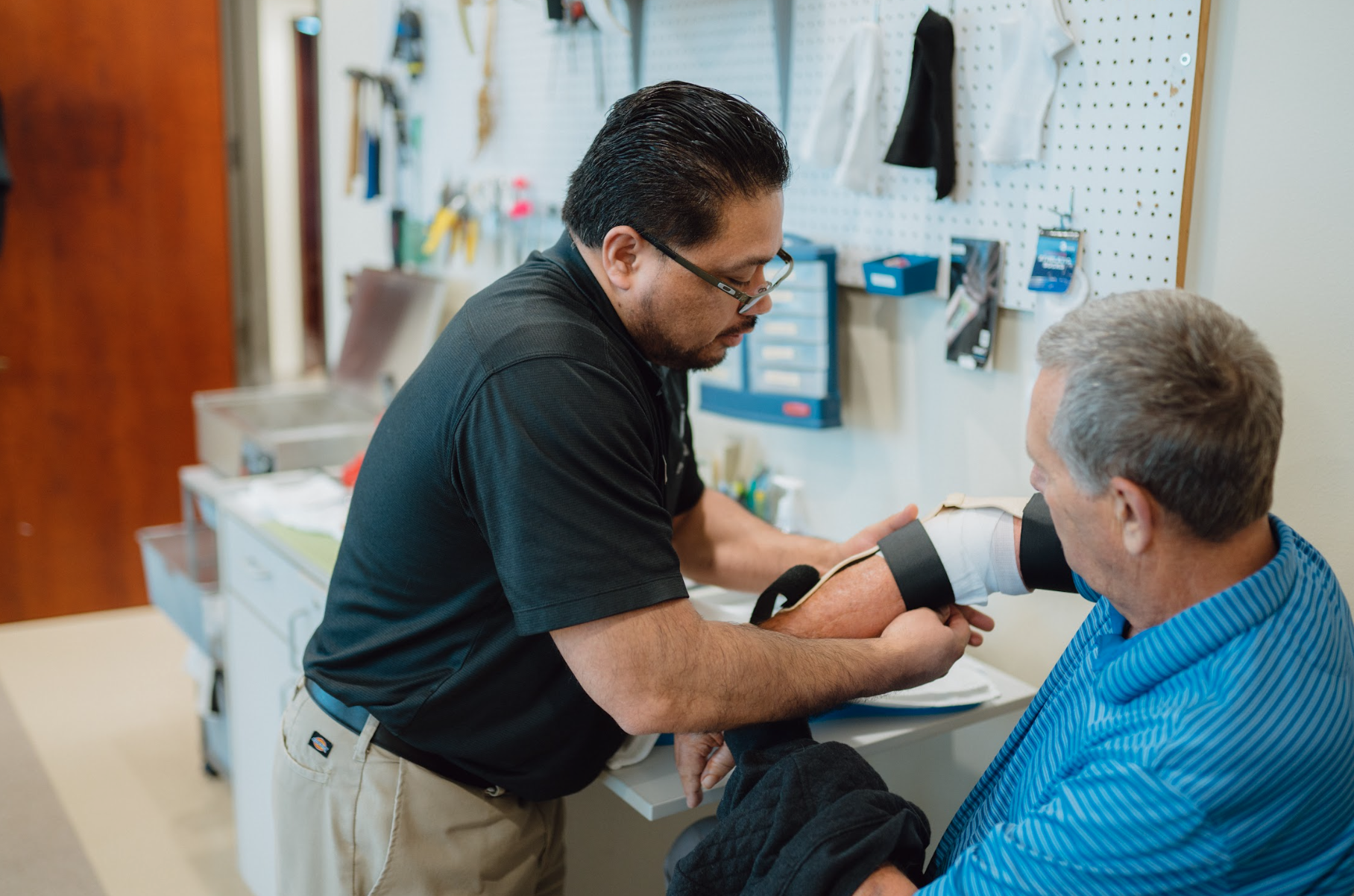
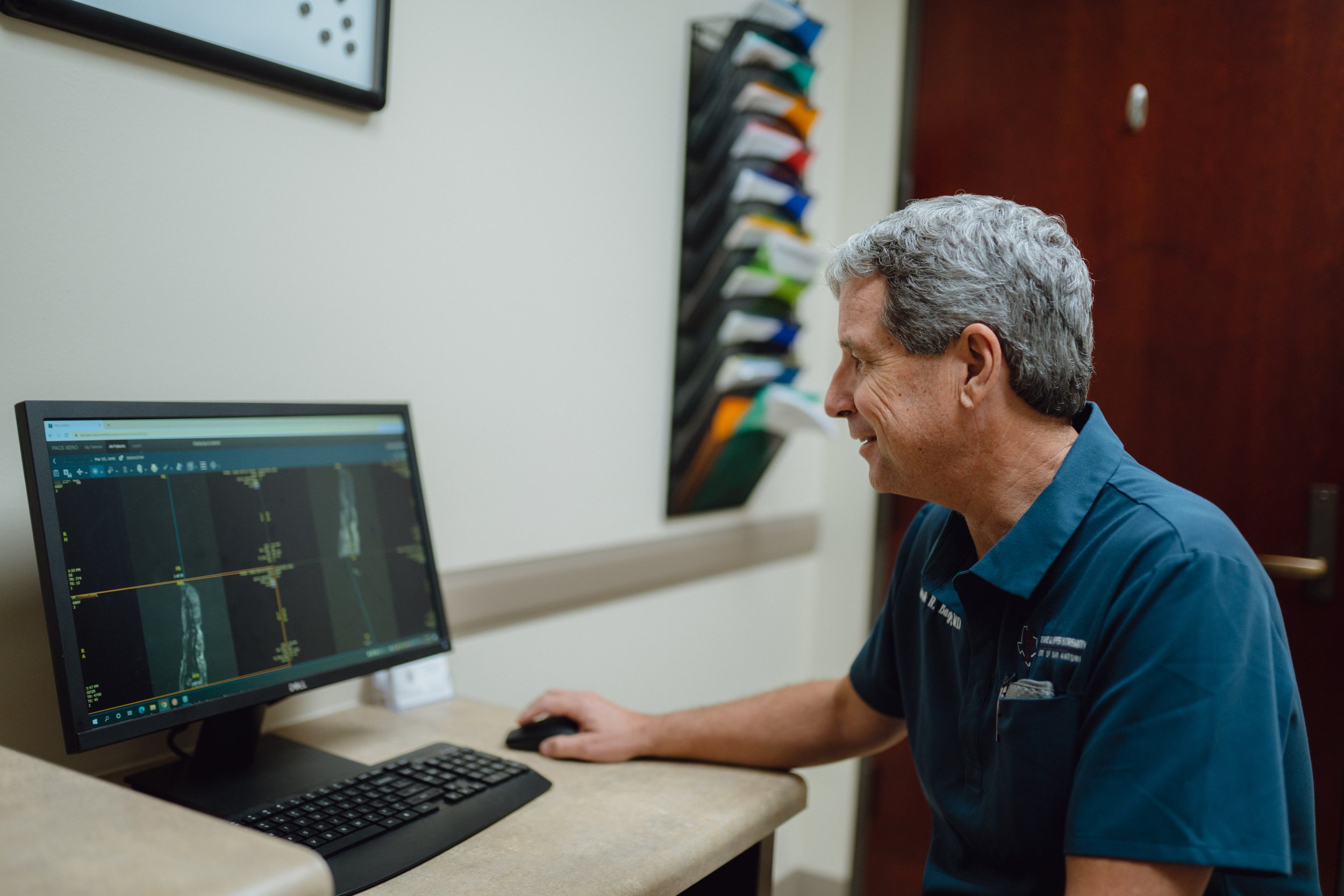
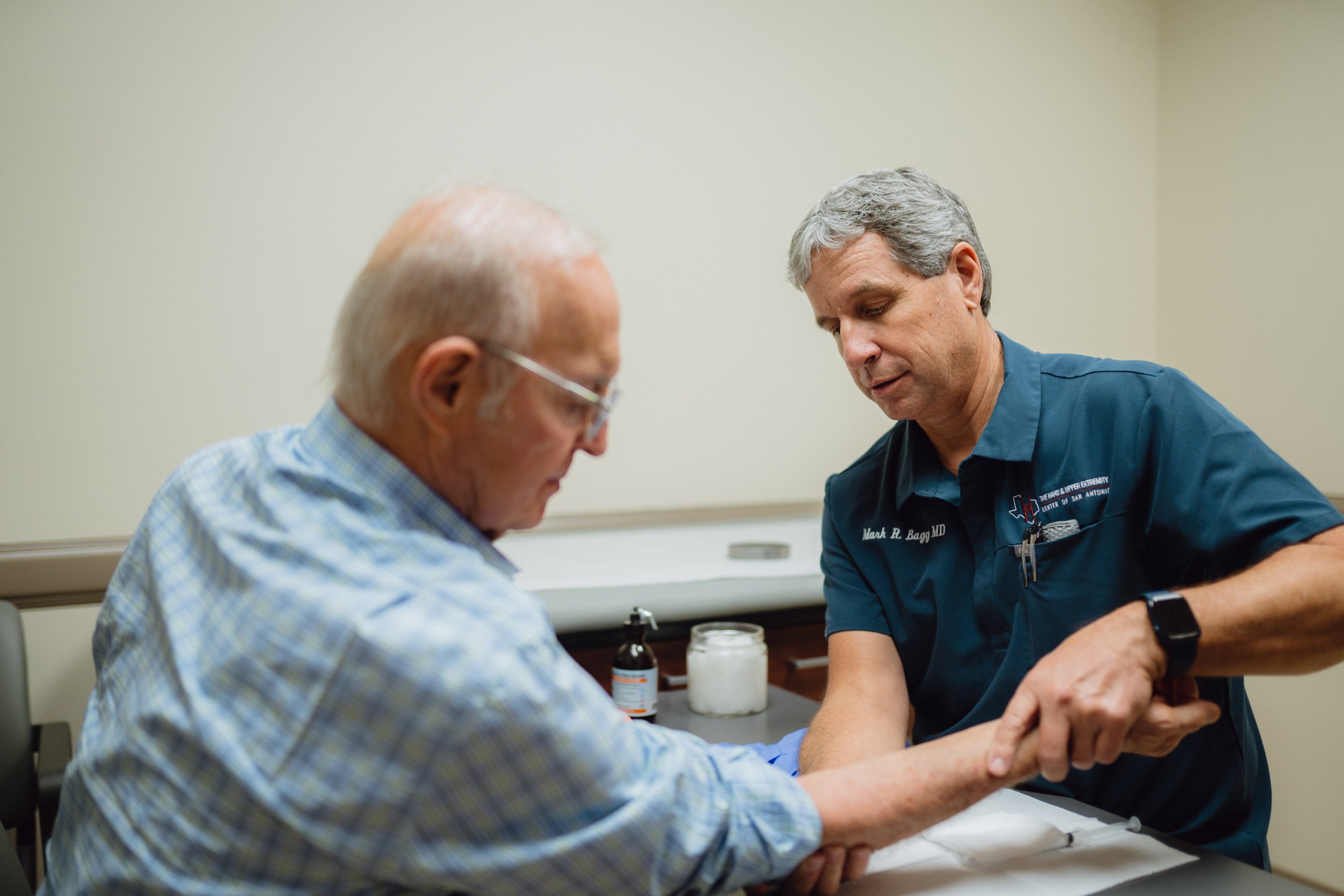
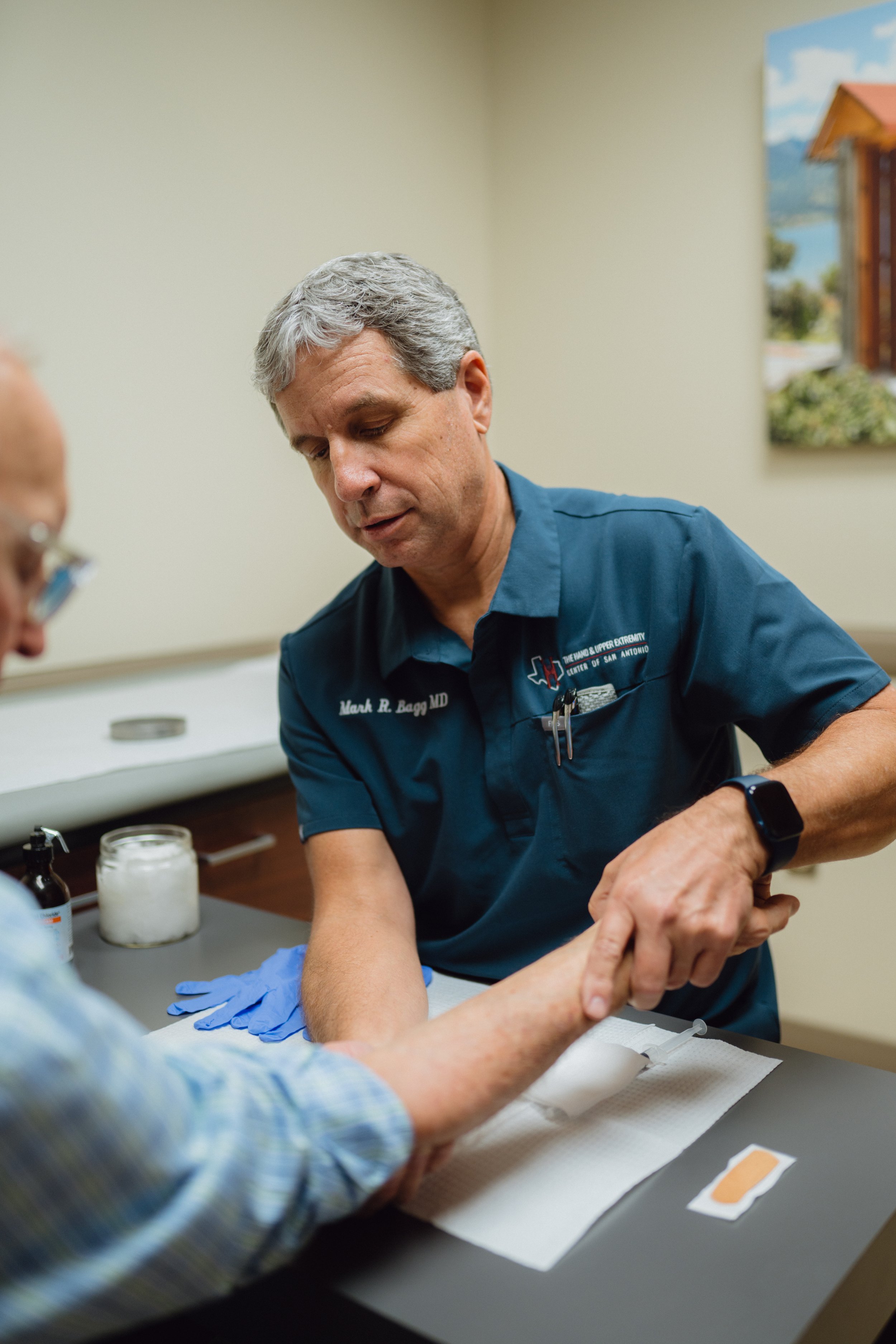

why come to The Hand and Upper Extremity Center of San Antonio for Elbow Fractures?
When you visit us at The Hand and Upper Extremity Center of San Antonio, you will find a fine-tuned team ready to take care of you. Your physicians have over 100 years of collective experience and represent multiple generations and training backgrounds. In addition to your surgeons, you may meet one of our hand surgery fellows. Each fellow is a fully trained orthopaedic or plastic surgeon who has completed 5 to 7 years of surgical training after graduation from medical school and has chosen to spend an additional year in training to study hand surgery. In addition to the physicians, you will meet various staff members. From the front desk staff and Medical Assistants (MA’s) to the x-ray and cast technicians, everyone is committed to ensuring your comfort and a seamless treatment experience as you recover from your elbow fracture.
Meet Our Physicians
-

David P. Green, M.D.
-

Mark Bagg, M.D.
-

David W. Person, M.D., F.A.C.S.
-

Ramesh C. Srinivasan, M.D.
-
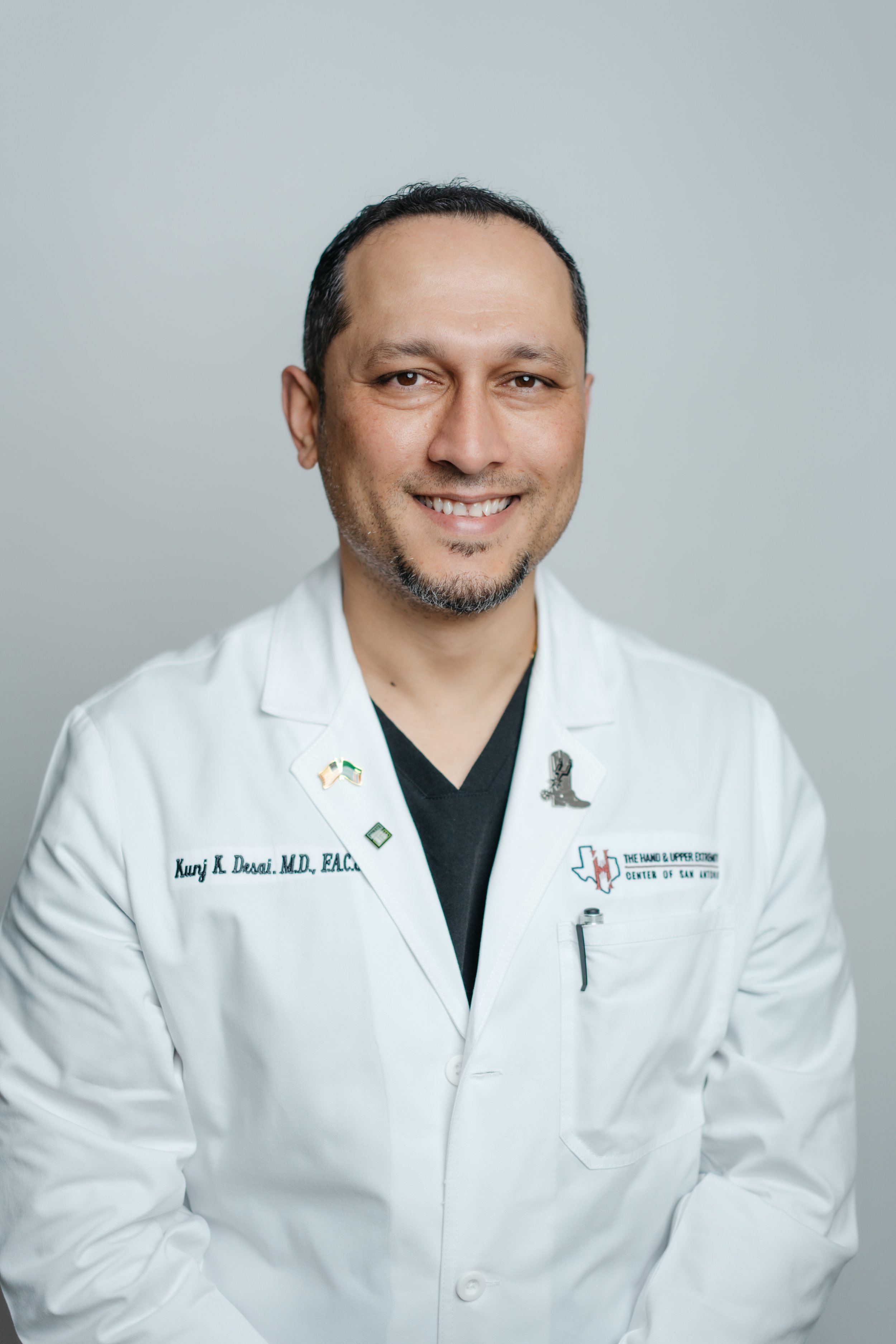
Kunj Desai, M.D., F.A.C.S.
Elbow Related Issues we can help with
Elbow Pain
Elbow Dislocations
Elbow Stiffness
Heterotopic Ossification
check out our latest blog posts regarding Elbow injuries
Did you know we offer in-house therapy?
Hand therapy is a merging of occupational and physical therapy theory and practice that combines comprehensive knowledge of the structure of the upper limb with function and activity. Using specialized skills in assessment, planning and treatment, hand therapists provide therapeutic interventions to prevent dysfunction, restore function and/or reverse the progression of pathology of the upper limb in order to enhance an individual’s ability to execute tasks and to participate fully in life situations.





